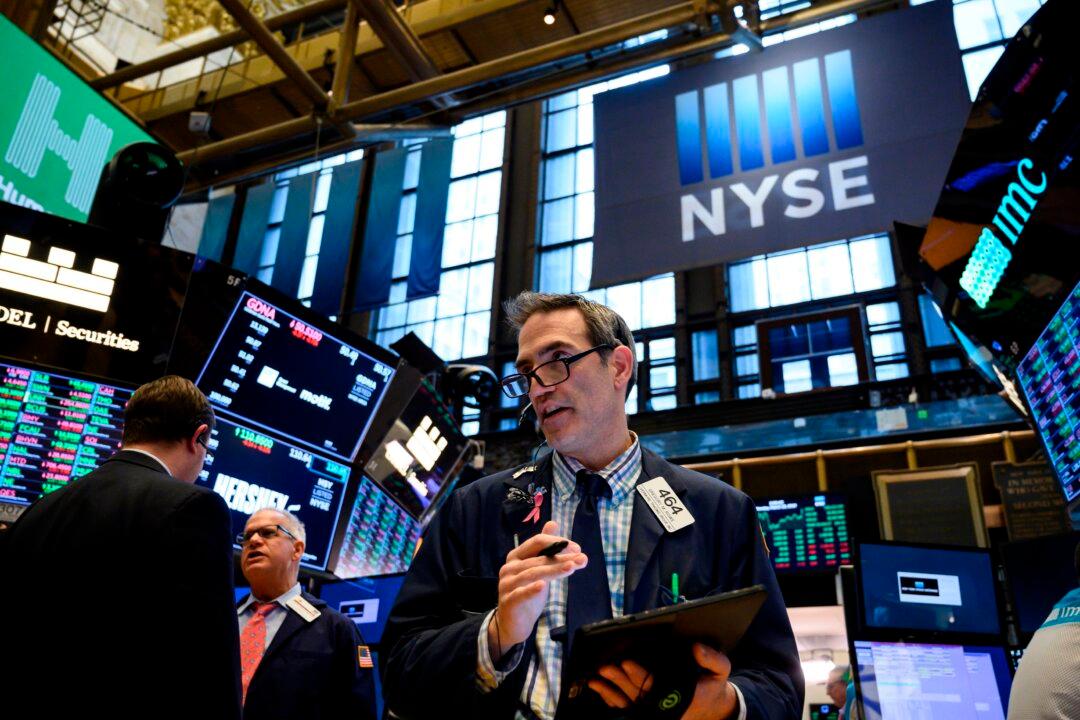Ask Warren Buffett and he’ll tell you that the best way to determine if the stock market is overvalued is the ratio of total market capitalization to gross domestic product. A ratio between 75 percent and 90 percent indicates that the market is fairly valued. Between 90 percent and 115 percent, the market is considered to be “modestly over-valued.” Any ratio over 115 percent means the market is “significantly over-valued.”
As of July 22, 2019, the total market capitalization to gross domestic product ratio is at 146 percent. At this extremely high ratio, average market returns over the next 7-10 years are projected to be negative 1.90 percent per year. That doesn’t sound like a good place to invest, does it?





